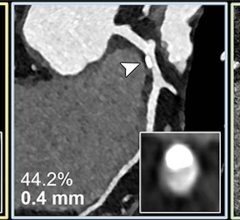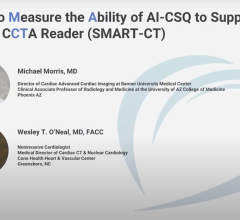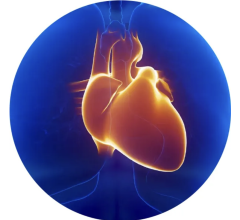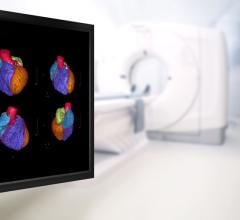
February 9, 2010 - The U.S. Food and Drug Administration says it is starting a program designed to reduce unnecessary medical radiation exposure that will focus on three types of imaging procedures: computed tomography (CT), nuclear medicine and fluoroscopy. The FDA considers those procedures the greatest contributors to total U.S. radiation exposure and use much higher radiation doses than other radiographic procedures, such as standard X-rays, dental X-rays and mammography.
FDA’s Center for Devices and Radiological Health (CDRH) radiation safety programs involve enforcement of mandatory requirements in addition to partnerships and voluntary programs that promote the safe use of radiation-emitting products.
The goal of the programs is to ensure that the public and professionals are informed of the risks posed by different types of radiation emissions and radiation-emitting products and ensure patients receive the appropriate radiation dose using the appropriate, medically necessary imaging exam at the appropriate time.
The programs are designed to promote radiation safety, so that:
- Manufacturers design products that are safe;
- Users are aware of how to appropriately use radiation-emitting electronic products, and are able to understand radiation safety and protection principles;
- Patients and consumers are aware of basic radiation risk and protection concepts and protected from hazardous or unnecessary radiation emissions; and
- Regulators are able to collect and disseminate appropriate information and take action on this information when necessary.
For more information: http://www.fda.gov/Radiation-EmittingProducts/RadiationSafety/default.htm


 March 20, 2024
March 20, 2024 








